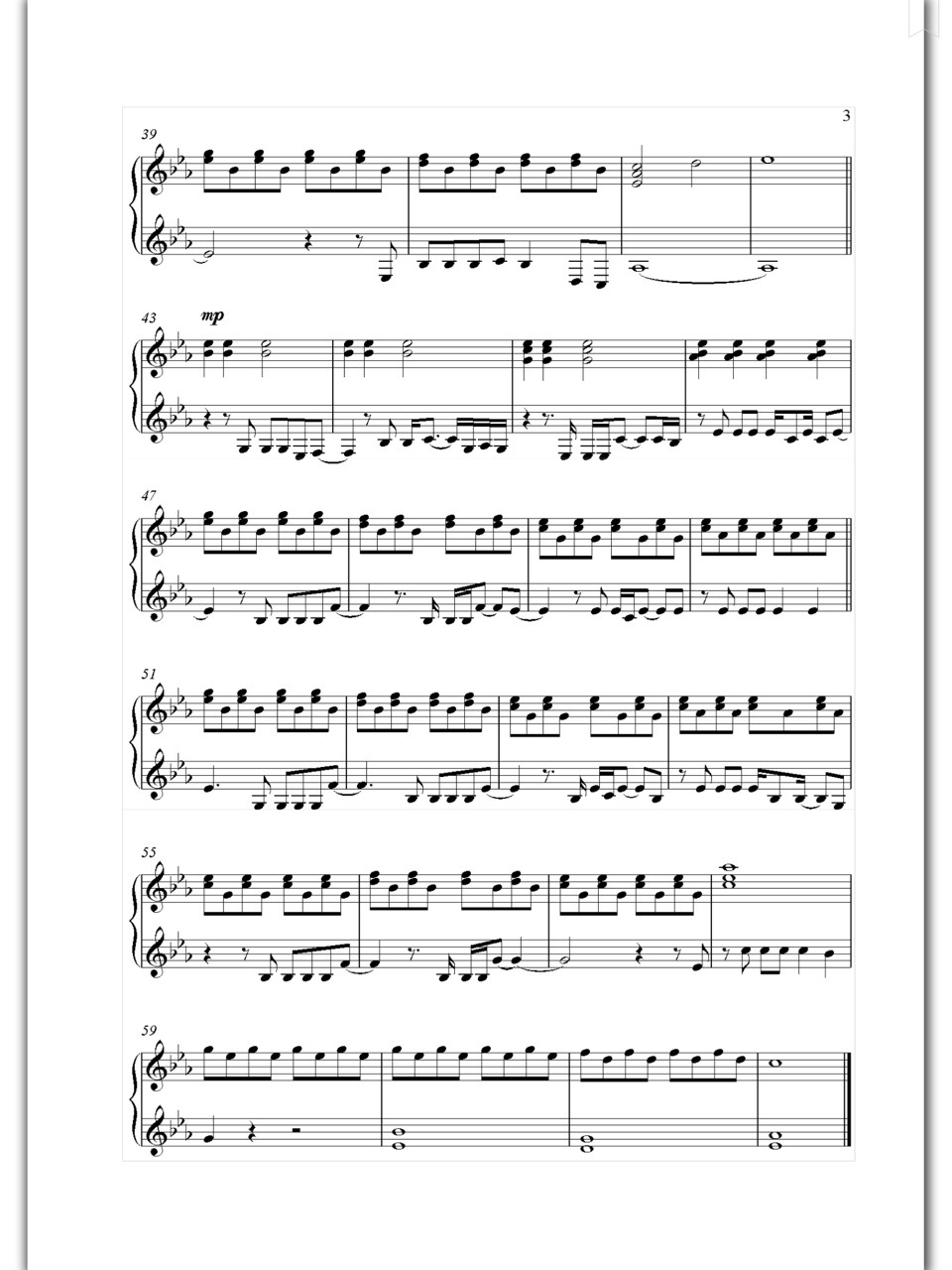
1 Survival rates from OHCA vary dramatically between US regions and EMS agencies.

Despite recent gains, only 39.2% of adults receive layperson-initiated CPR, and the general public applied an AED in only 11.9% of cases.
#Echo jason walker keyboard notes drivers#
The key drivers of successful resuscitation from OHCA are lay rescuer cardiopulmonary resuscitation (CPR) and public use of an automated external defibrillator (AED). 1 Approximately 10.4% of patients with OHCA survive their initial hospitalization, and 8.2% survive with good functional status. In 2015, approximately 350 000 adults in the United States experienced nontraumatic out-of-hospital cardiac arrest (OHCA) attended by emergency medical services (EMS) personnel. Recovery expectations and survivorship plans that address treatment, surveillance, and rehabilitation need to be provided to cardiac arrest survivors and their caregivers at hospital discharge to optimize transitions of care to home and to the outpatient setting. Prompt initiation of targeted temperature management is necessary for all patients who do not follow commands after return of spontaneous circulation to ensure optimal functional and neurological outcome.Īccurate neurological prognostication in brain-injured cardiac arrest survivors is critically important to ensure that patients with significant potential for recovery are not destined for certain poor outcomes due to care withdrawal.

Post–cardiac arrest care is a critical component of the Chain of Survival and demands a comprehensive, structured, multidisciplinary system that requires consistent implementation for optimal patient outcomes. The opioid epidemic has resulted in an increase in opioid-associated out-of-hospital cardiac arrest, with the mainstay of care remaining the activation of the emergency response systems and performance of high-quality CPR. Recognition that all cardiac arrest events are not identical is critical for optimal patient outcome, and specialized management is necessary for many conditions (eg, electrolyte abnormalities, pregnancy, after cardiac surgery). Performance of high-quality CPR includes adequate compression depth and rate while minimizing pauses in compressions,Įarly defibrillation with concurrent high-quality CPR is critical to survival when sudden cardiac arrest is caused by ventricular fibrillation or pulseless ventricular tachycardia.Īdministration of epinephrine with concurrent high-quality CPR improves survival, particularly in patients with nonshockable rhythms.

On recognition of a cardiac arrest event, a layperson should simultaneously and promptly activate the emergency response system and initiate cardiopulmonary resuscitation (CPR). Top 10 Take-Home Messages for Adult Cardiovascular Life Support , MD, Vice ChairOn behalf of the Adult Basic and Advanced Life Support Writing Group

Part 3: Adult Basic and Advanced Life Support: 2020 American Heart Association Guidelines for Cardiopulmonary Resuscitation and Emergency Cardiovascular Care


 0 kommentar(er)
0 kommentar(er)
